As patients become more tech-savvy, so should medical marketers. Here are some key stats that show why your hospital should invest in building a strong digital presence.
As medical information becomes more accessible, patients are increasingly taking charge of their healthcare journeys. Consumers are becoming more comfortable using technology to research their conditions and treatment options, which means that hospitals and medical practices need to provide timely, relevant content to engage potential patients.
Medical providers with a strong digital presence have the chance to connect with patients through the channels they’re already using to research their own care. The following statistics examine consumers’ online behavior and reveal why it’s essential for hospitals and healthcare providers to invest in digital marketing.
1 in 20 Google searches are related to health and healthcare.
If 3.5 billion Google searches are conducted per day, that means approximately 175 million are on the subject of healthcare. This creates an enormous opportunity for your hospital to engage with patients on the topics that matter to them most.
With 73% of consumers using search engines to research treatment, healthcare providers can attract new patients by using organic (unpaid) or paid search. Google AdWords is a particularly useful tool that allows you to target particular audiences through keyword planning.
43% of visits to hospital websites begin at a search engine.
Since search engines provide nearly half of all hospital website visits, it’s important to build out the right long tail keywords to draw patients to your page. Long tail keywords are specific terms or phrases used in search that offer a higher chance of conversion. For example, “diabetes” might be a more general short tail keyword, but “diabetes treatment in Kansas City” indicates someone who has done their research and is looking to schedule an appointment.
While long tail keywords might not generate the same traffic as shorter, pithier phrases, hospitals can use them to target patients who are close to taking action. Since they are often less expensive, long tail keywords can also help your practice more effectively compete with its peers.
83% of patients visit a hospital website before booking an appointment.
The vast majority of patients are interested in your hospital’s digital presence. Now is the time to ensure that your website is error-free, easy to use, and engaging. Consumers are not only interested in learning about doctors’ credentials and procedures, but they’re also looking to assess whether or not a medical provider is digitally savvy.
To make a good first impression, test your website and update any features that may be driving consumers away. You’ll want to pay close attention to load time, navigation, and mobile optimization. A successful revamp will help you retain the visitors you’re attracting through paid search and convert them to appointments.
61% of patients will visit at least two hospital sites before booking.
More than anything else, the internet gives patients increased control over their own healthcare. They have more options, and thus higher expectations for their digital healthcare experience. Because most patients are comparison shopping, it’s important to optimize your website for the best user experience.
You’ll also want to do some research on your target audience. By taking a more personalized approach in your language and services, you can speak directly to your patients’ needs. For example, knowing the typical age or average annual income of your patients can help you target your messaging to them. Ultimately, identifying the right patients and what they’re looking for in a healthcare provider will make your hospital stand out from the crowd.
41% of consumers said that info found on social media would impact their choice of hospital or treatment center.
It’s clear that social media plays an important role in brand awareness, but it can also directly impact whether or not a patient decides to visit your practice. To appeal to digitally savvy patients, your hospital should invest in developing a strong social media presence that includes both trending topics and informative graphics and articles.
As patients become more comfortable independently researching healthcare providers and treatments, hospitals can no longer rely on out-of-date marketing strategies.
For medical providers looking to improve their digital presence, MD Connect offers innovative, data-driven marketing solutions. We have worked with hundreds of industry leaders including hospitals, physicians, and medical device companies to successfully increase patient appointments and boost ROI.

















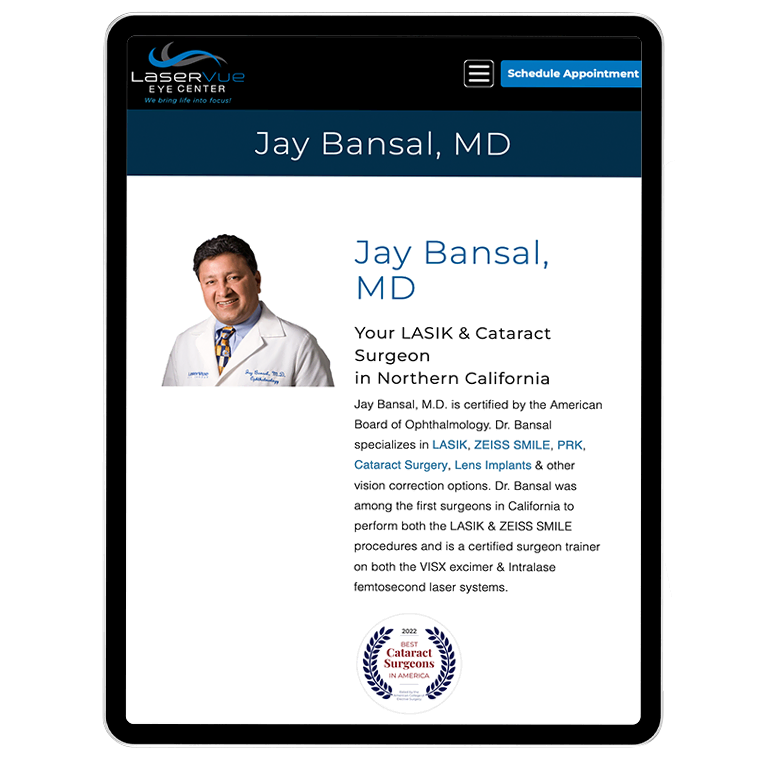




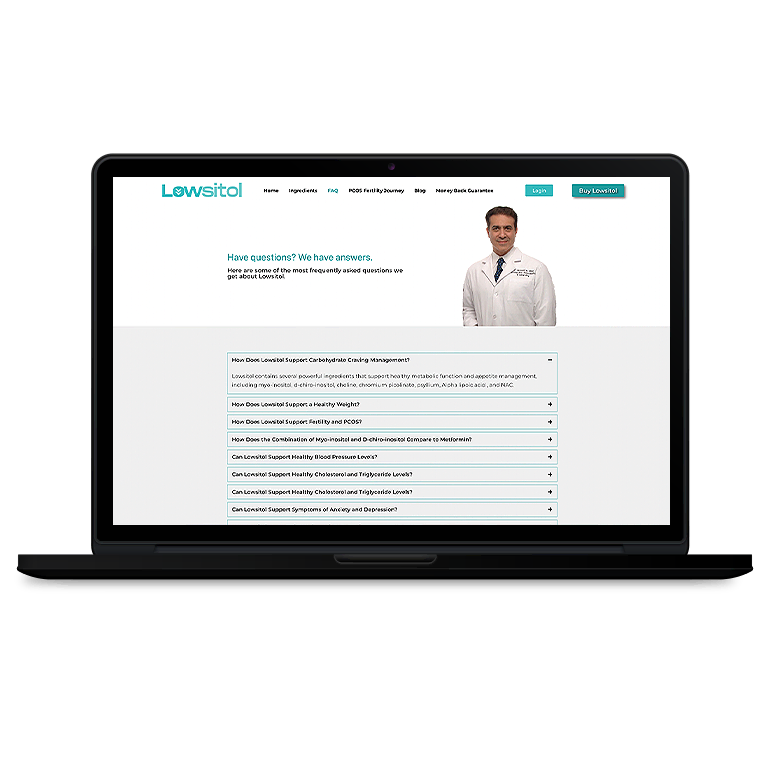
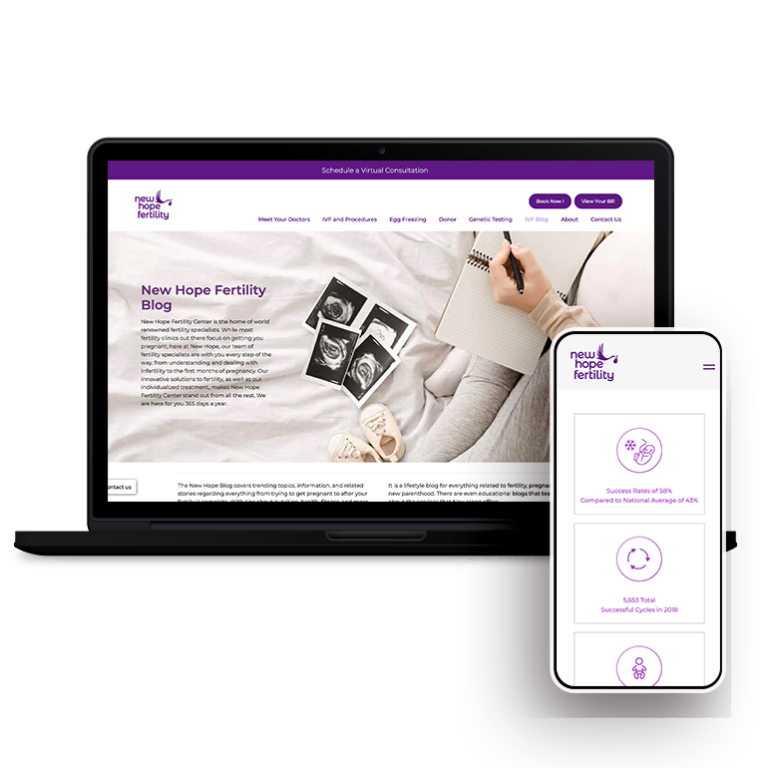


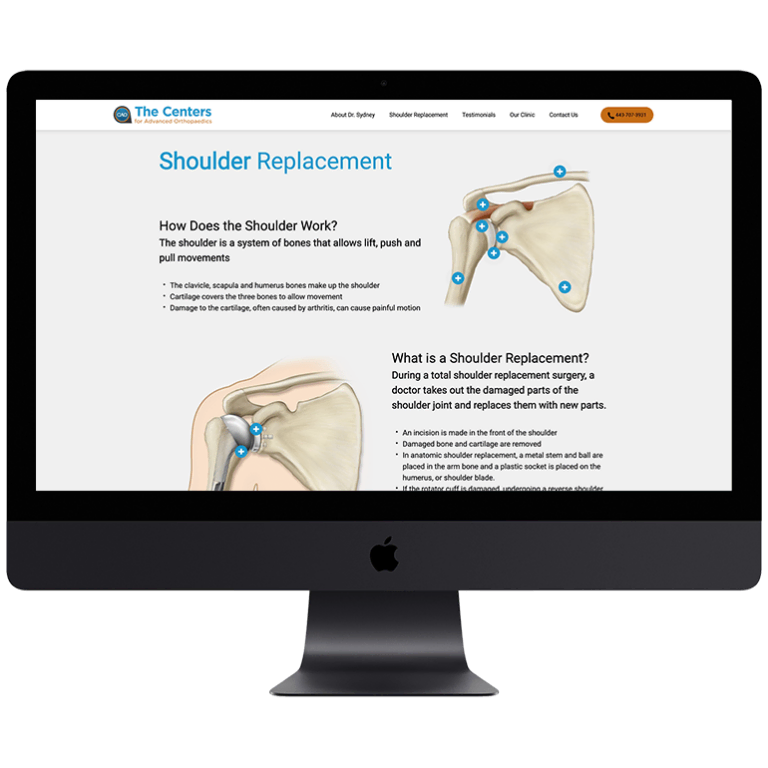


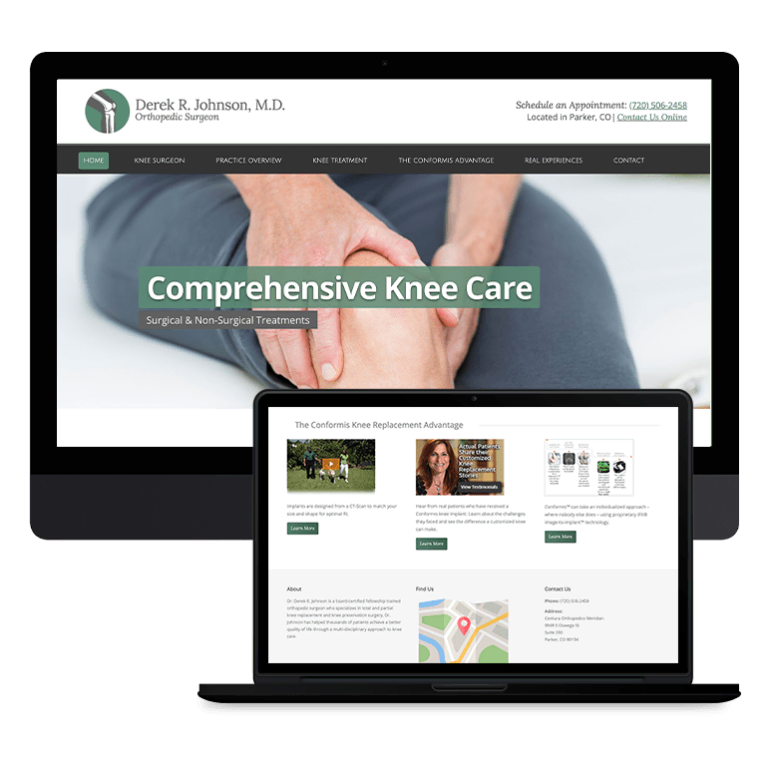



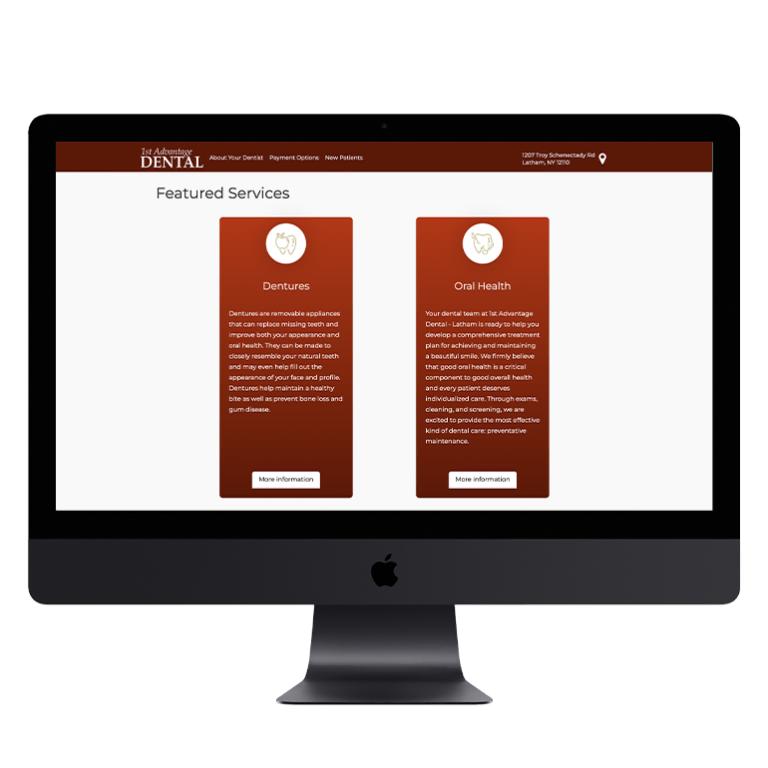
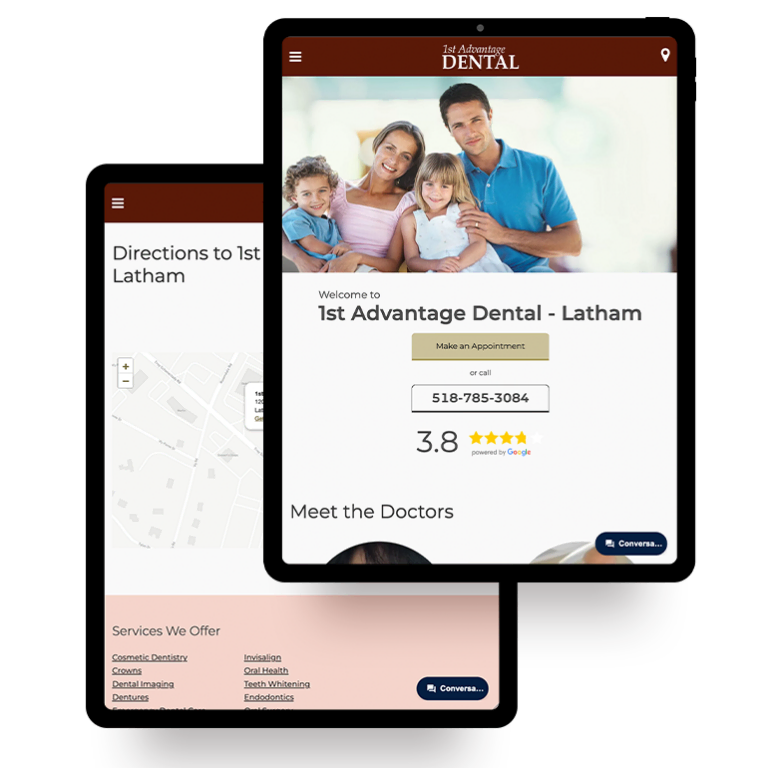
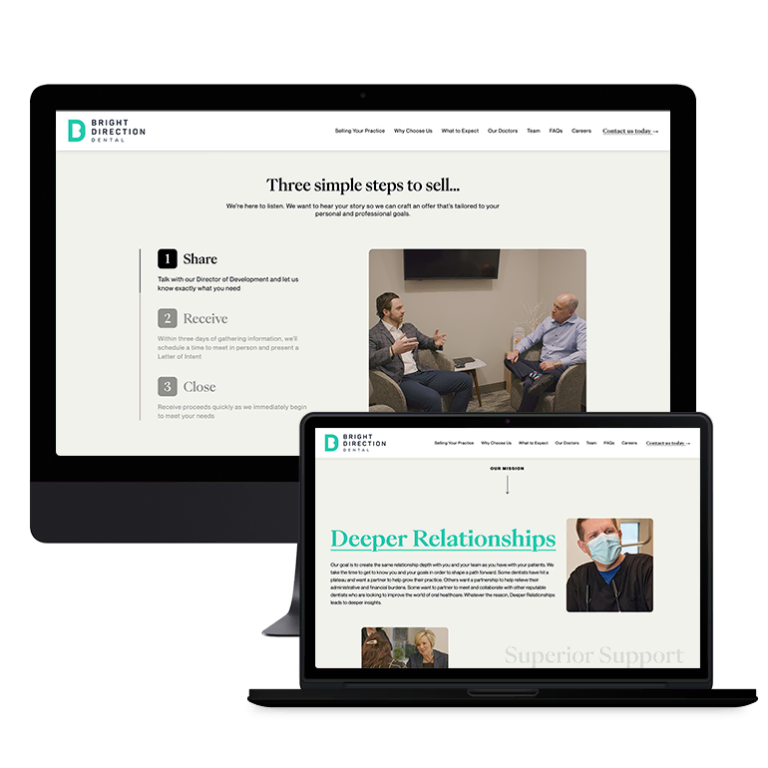
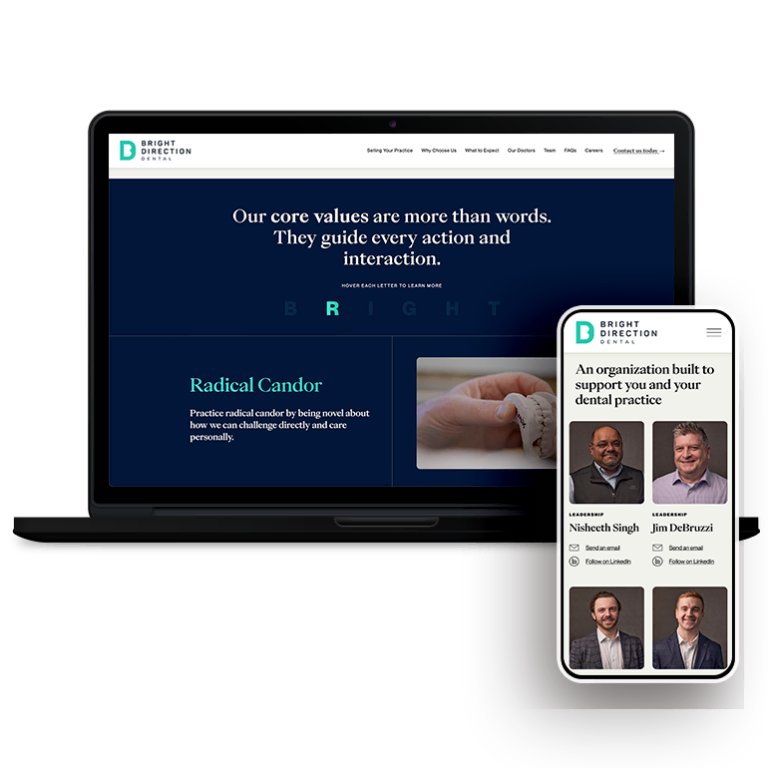
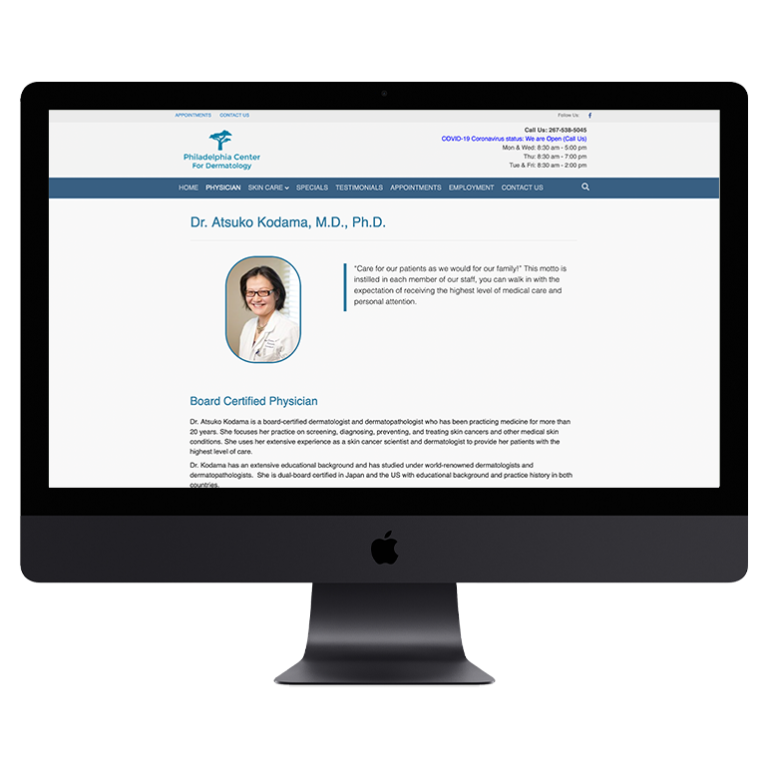




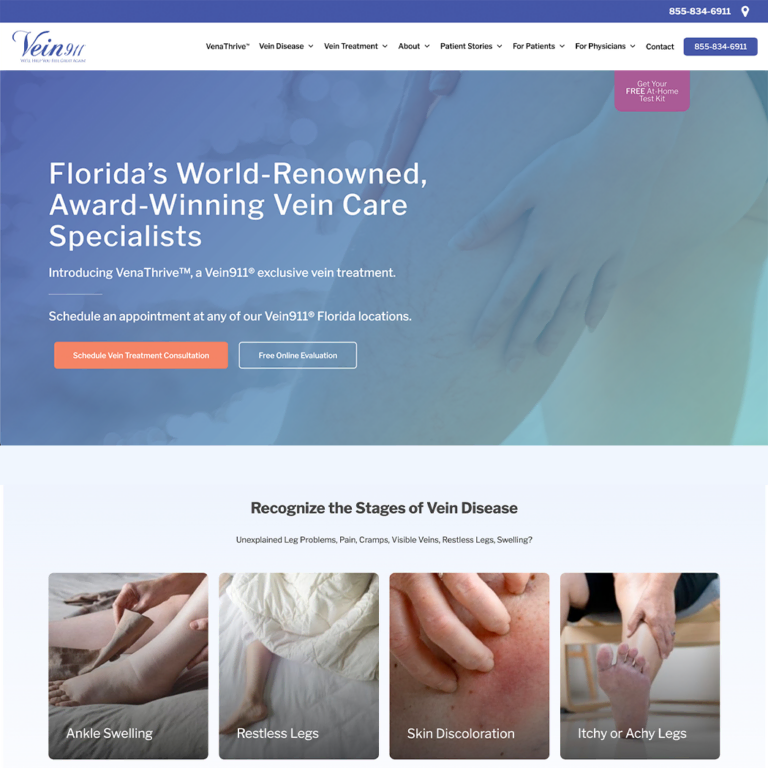

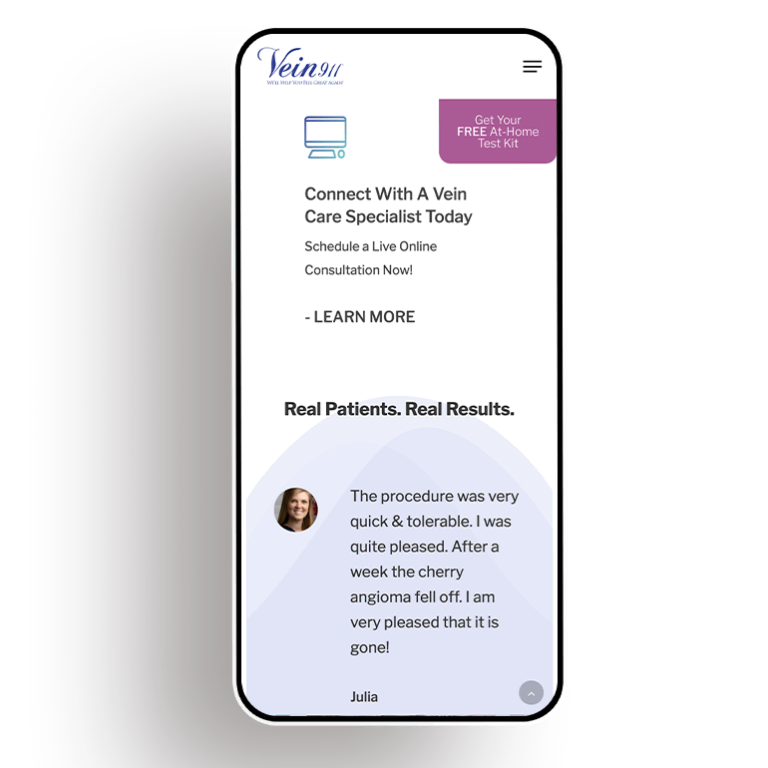
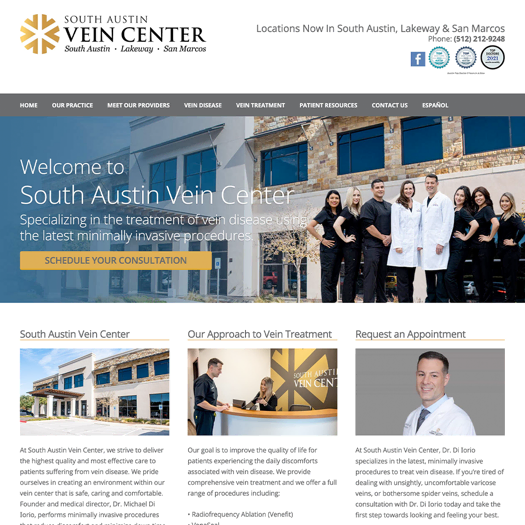



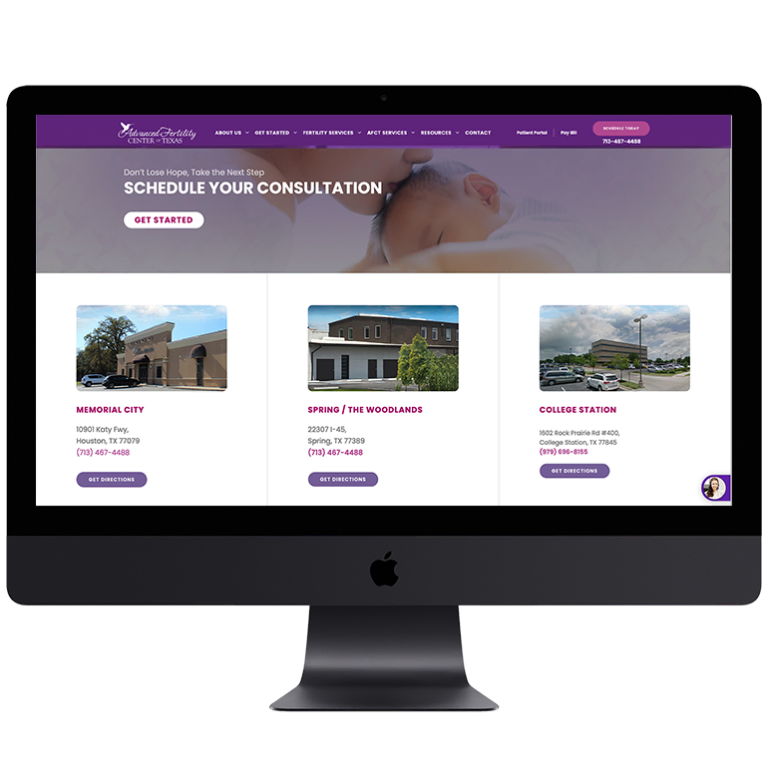
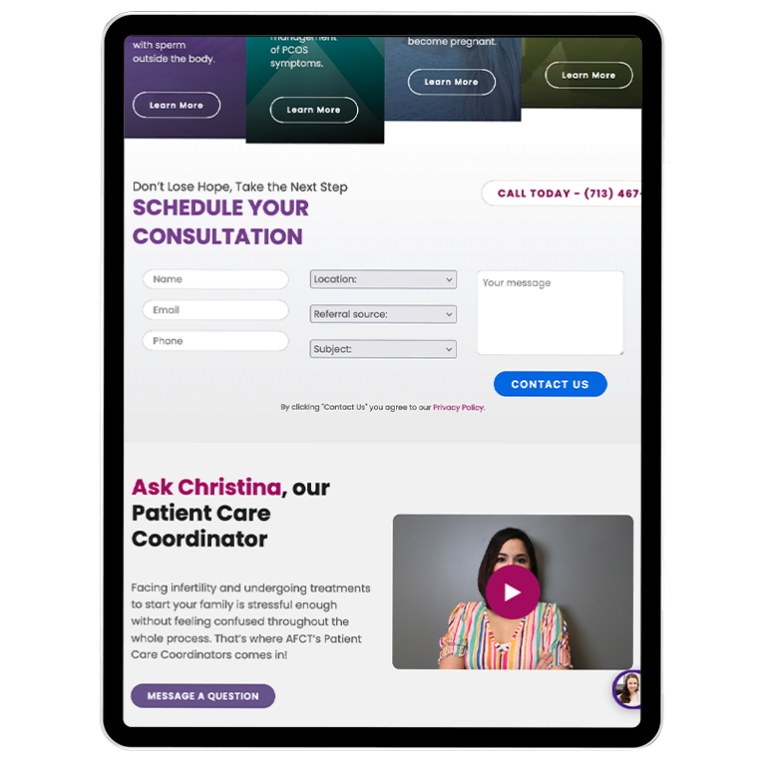
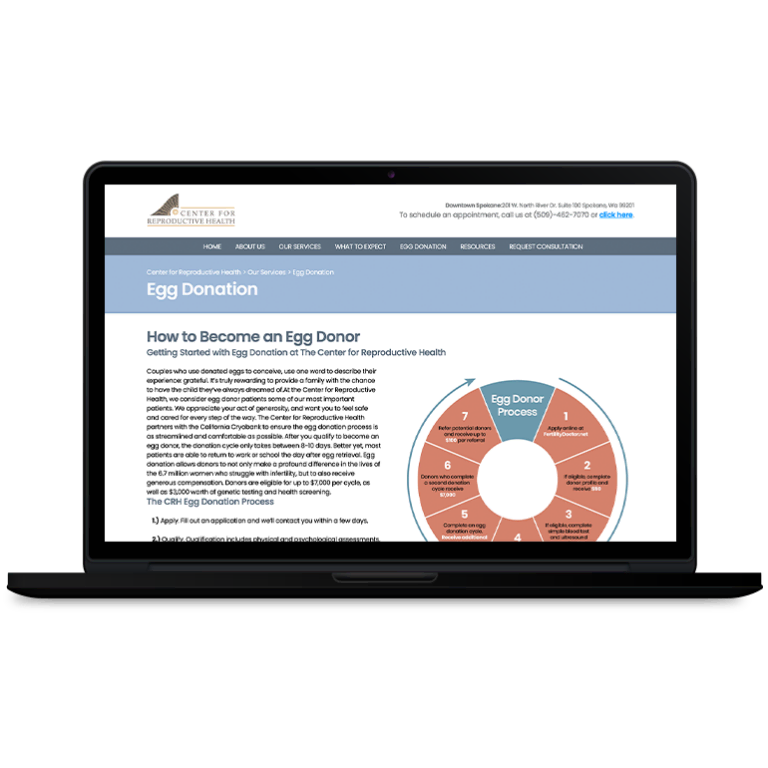



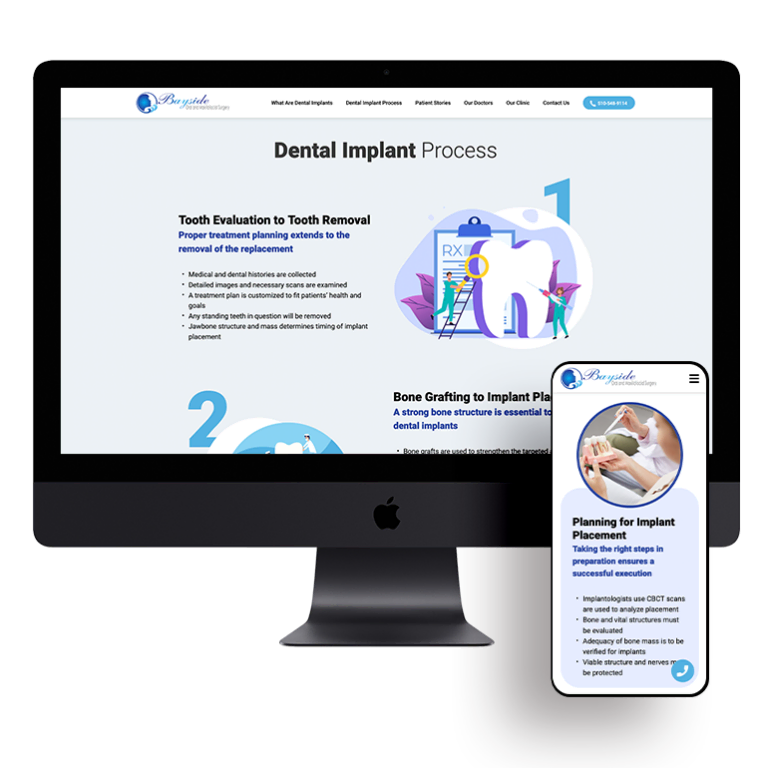
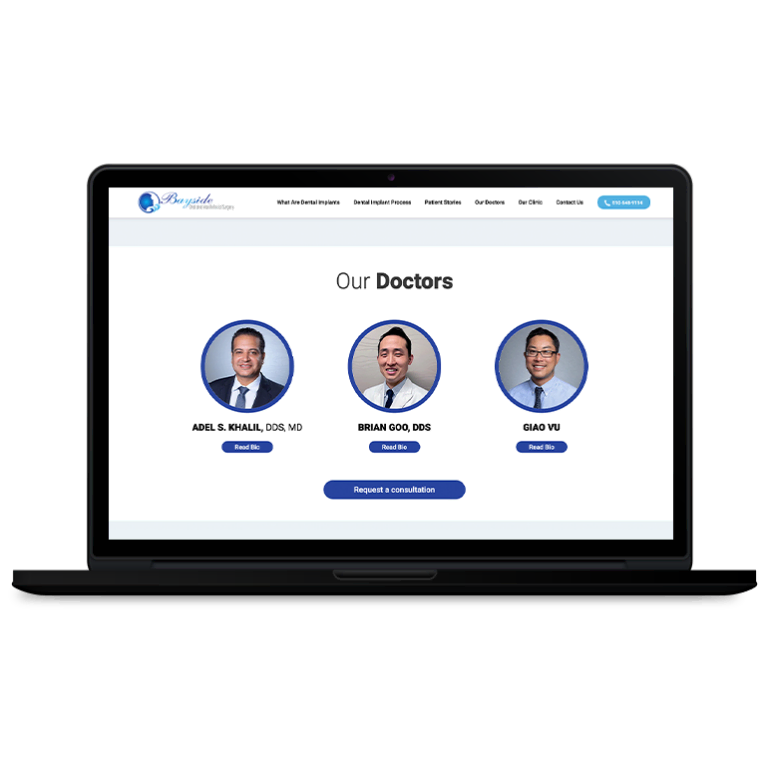

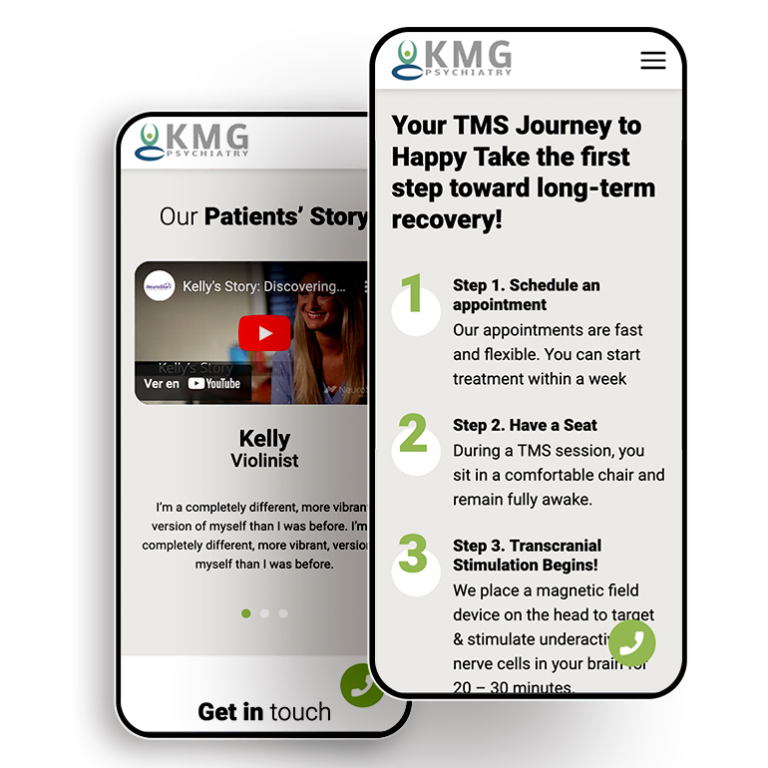
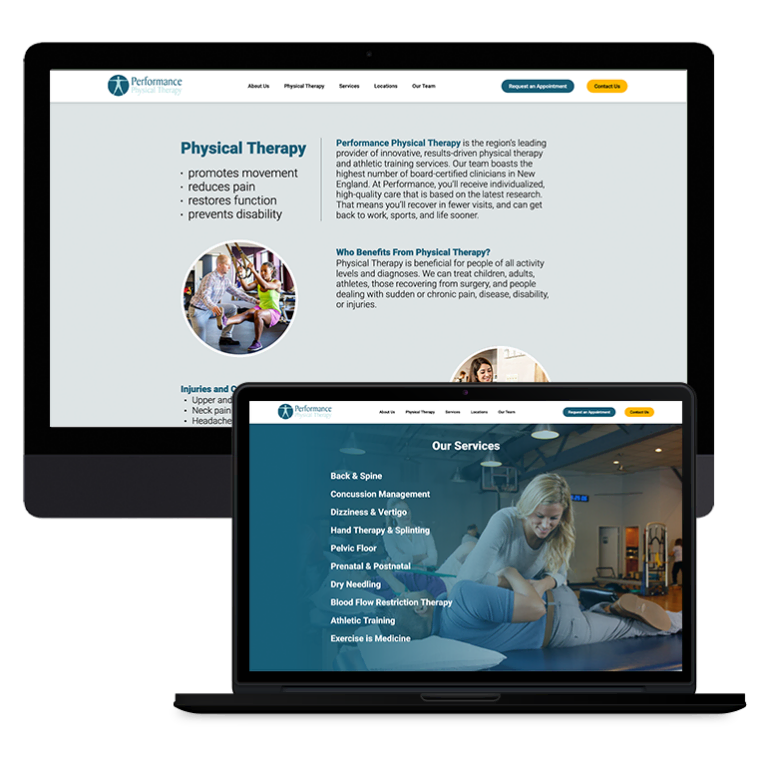
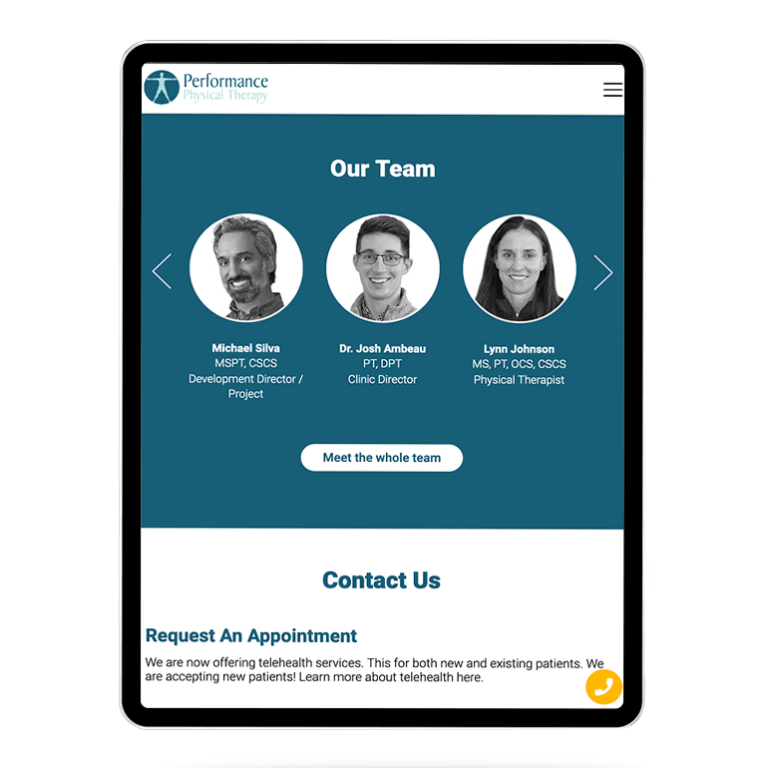


 Smart Design Creates New Patient Opportunities
Smart Design Creates New Patient Opportunities